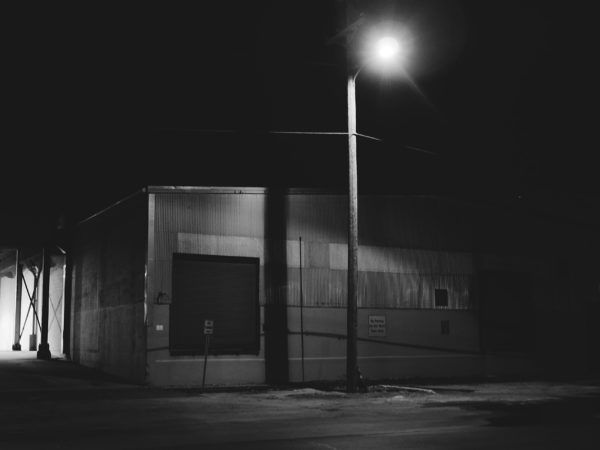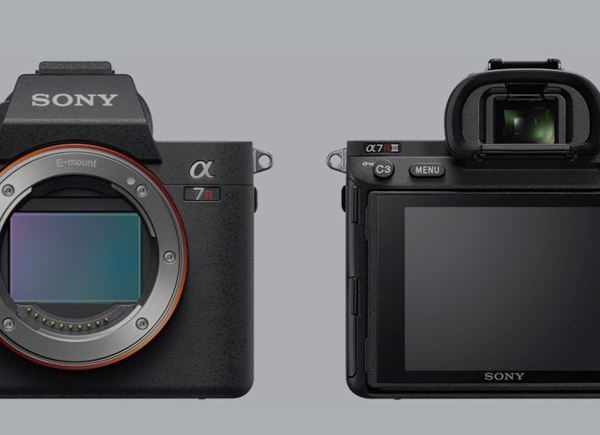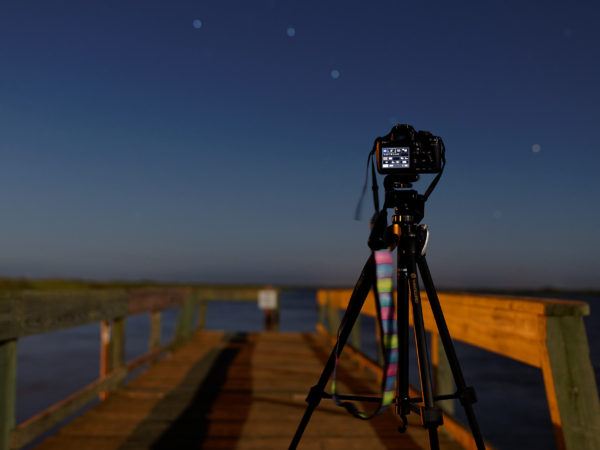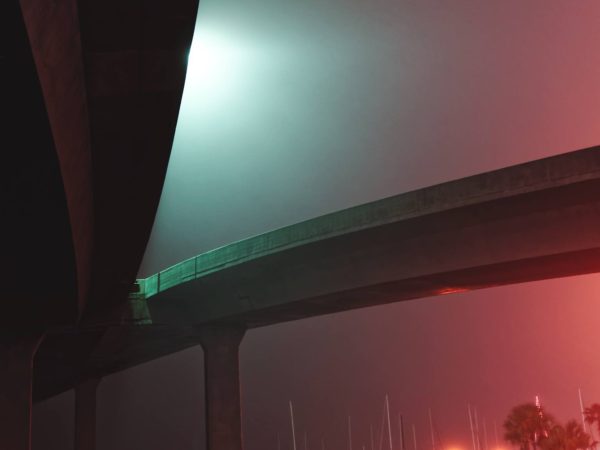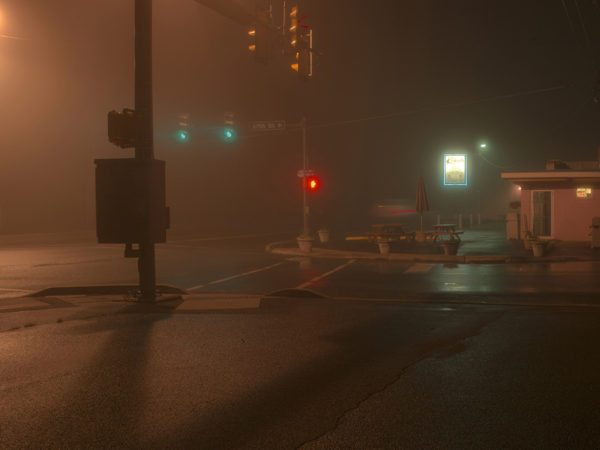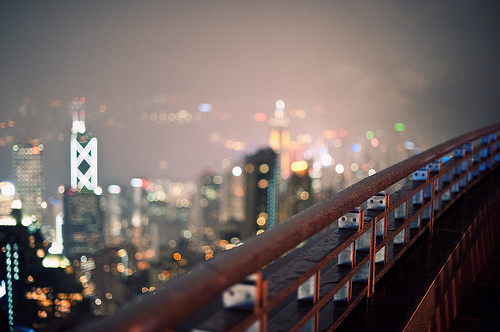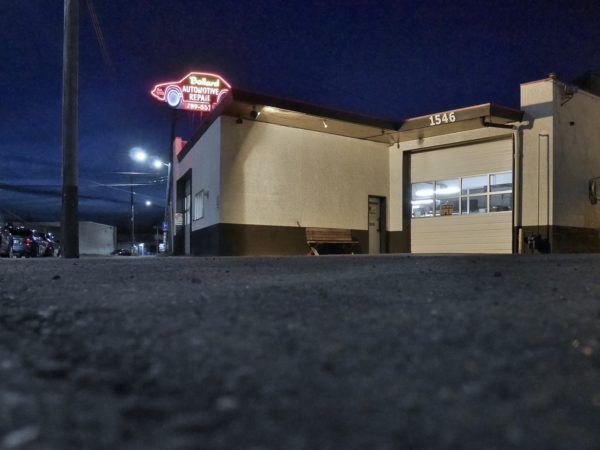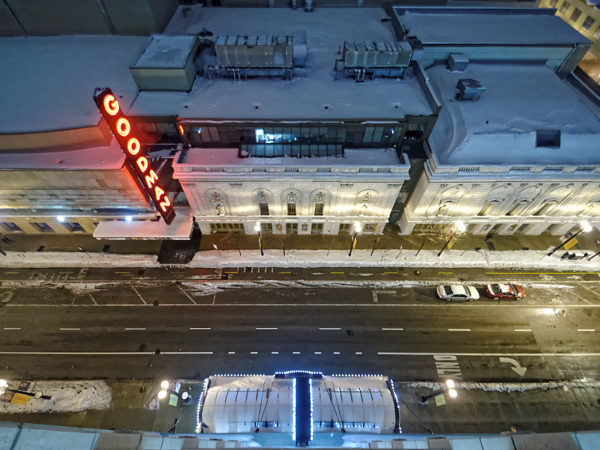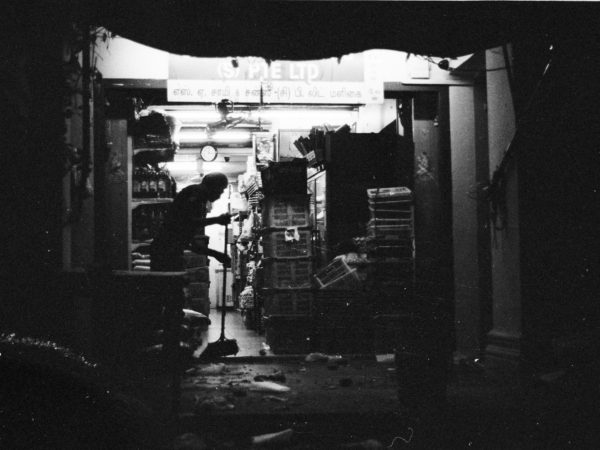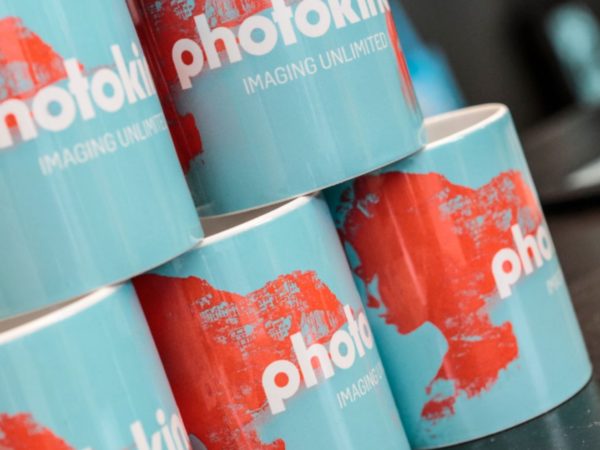So far we’ve interviewed four diverse photographers, and gotten a glimpse into the unique ways they think and create art. They work in different environments, and have vastly different styles. Some are in their element in the concrete jungle, surrounded by buildings on either side or with sweeping overpasses soaring overhead. Others are in the zone when they’re far out in the wilderness, waiting for that perfect moment. Yet in a few dimensions they landed on some common advice. Here’s what we’ve learned so far:
Humble Origins
Nobody set out with a goal of mastering photography. Two interviewees, Benoit Coeuret and Liban Yusuf, bought cameras just so they could use them on upcoming vacations, and ended up catching the bug that way. And Joshua Munoz literally started taking photos with an iPhone 4 before stepping up to a more advanced camera later. Our interviewees all describe their growing interest in photography as something that developed on its own, like a voice that they just kept following. It seems to be clear that it takes an innate desire and drive to make it far in this field.
Look at Lots of Photos
We were surprised to hear this one, because we had the common misconception that those who are accomplished in their fields tend to be insular and self-absorbed. In reality, the opposite is true more often than not. Looking at lots of good photos and finding photographers you like was a piece of advice we heard a lot. After all, doing so would provide you with a constant stream of new ideas and inspiration. William McIntosh says that he looks at, on average, 500 to 1000 or more photos a day, and when asked about his favorite photographers, Liban Yusuf said there were too many to name names—ranging from classic to contemporary photographers.
However, it’s also possible to find inspiration in other places – for example, Joshua Munoz is influenced heavily by cinema and music.
“Loose” Shooting Style
Another thing we were surprised about was similarities in shooting style — not the style of the final image, but the way the photographer goes about getting the image. As a whole, everyone tended to not be very technical or methodical, relying more on intuition instead of getting caught up in minute details. Joshua Munoz says that when shooting he has “little sense of direction” and just goes with the flow. Liban Yusuf describes simply putting his eye in the viewfinder and getting a composition he likes, then fiddling with camera settings later. William McIntosh breaks away from landscape photography norms by ditching the tripod if conditions are good enough—giving up a little bit of technical quality for more freedom. He also describes his habit of taking a photo at a certain spot, doing some quick and basic checks, then if it looks alright, moving on to the next spot instead of lingering in one place trying to get the absolute perfect image. This allows him to get the most out of good environmental conditions.
Weather Matters
For landscape photography, weather matters. The two landscape photographers we interviewed, William McIntosh and Benoit Coeuret both had tons to say about weather. Benoit sums it up by saying, “You don’t cope with…weather conditions; you anticipate.” There are lots of resources for obtaining weather and sky conditions ahead of time, which William McIntosh went over. In addition to the traditional weather forecast, there’s webcams, sunset and sunrise forecasts, and photography-specific apps, all of which can help in planning out a shoot.
We’ve learned a lot from interviewing these four folks, and we still have more interviews waiting to be published! Beyond that, we don’t know who we’ll get a chance to talk to next, but we’re looking forward to it and are sure it’ll be interesting in an unexpected way!

